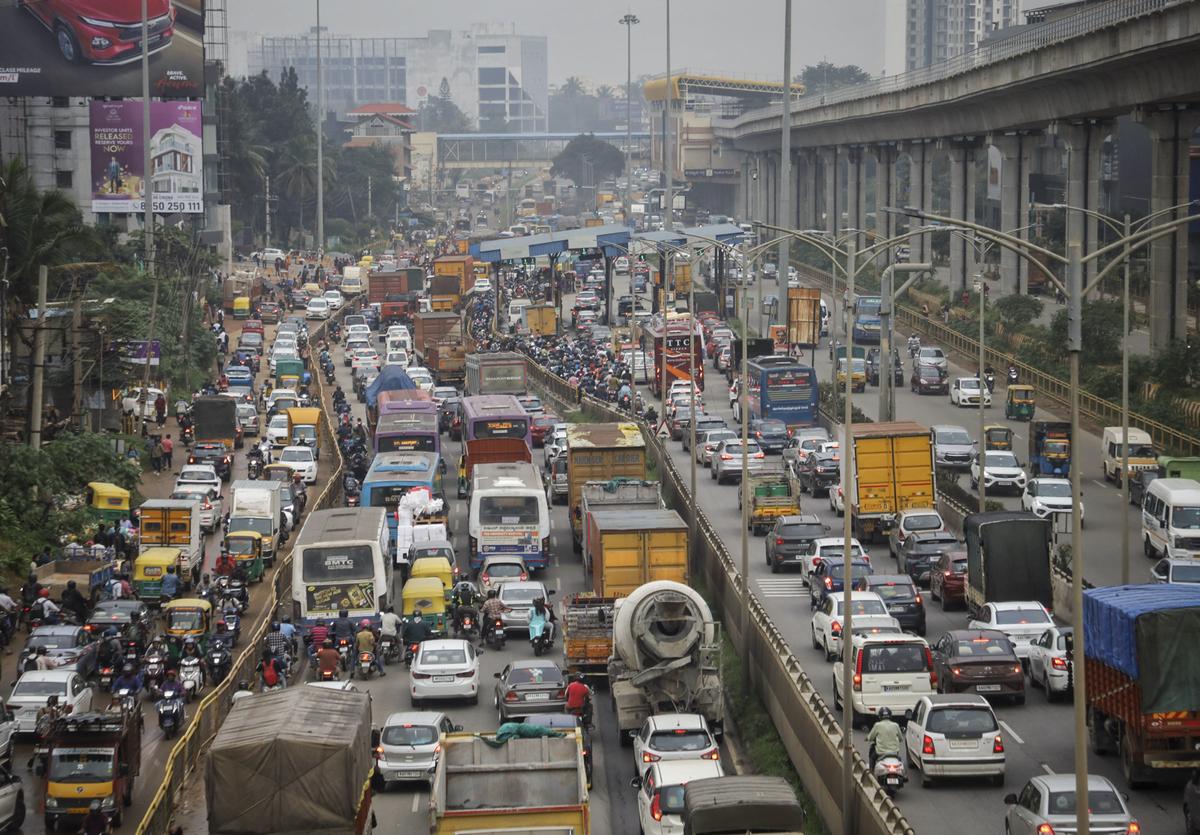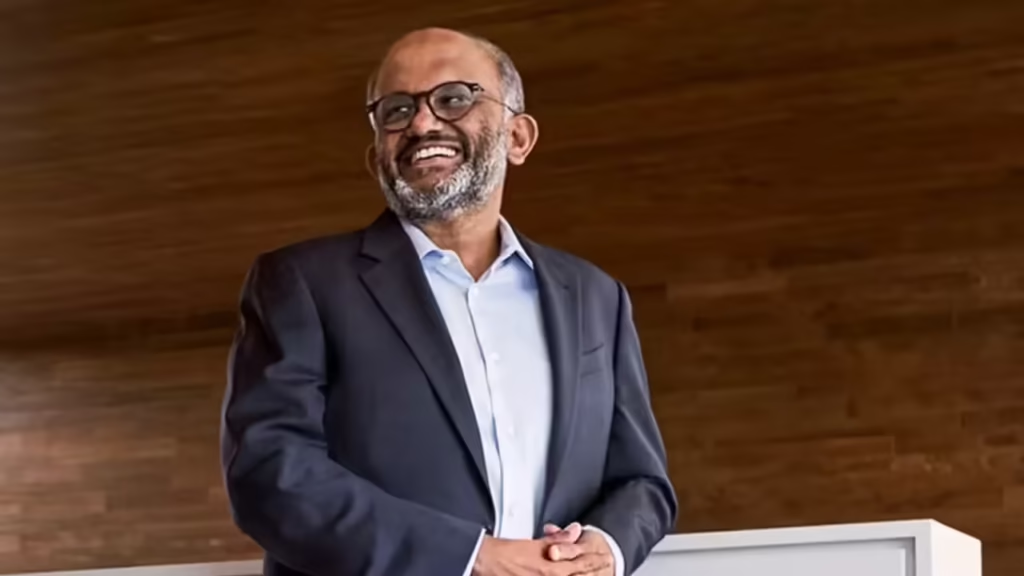Now Reading: Why Madhya Pradesh’s Smaller Towns Are Seeing a Surge in Youth Migration to Metro Cities
-
01
Why Madhya Pradesh’s Smaller Towns Are Seeing a Surge in Youth Migration to Metro Cities
Why Madhya Pradesh’s Smaller Towns Are Seeing a Surge in Youth Migration to Metro Cities

In recent years, Madhya Pradesh’s smaller towns such as Sagar, Chhindwara, Betul, and Rewa have witnessed a noticeable outflow of young people heading to metropolitan cities. From pursuing higher education to chasing better job prospects, youth migration from these Tier-2 and Tier-3 regions is steadily rising. The trend raises important questions about development gaps and opportunities at the local level.
Education and Exposure Drive the First Move
For many students from smaller towns in Madhya Pradesh, the journey begins with a move to cities like Bhopal, Indore, or further out to Pune, Bengaluru, or Delhi. Limited access to specialised courses, modern infrastructure, and competitive coaching centres often compels youth to leave their hometowns.
In towns like Satna and Shivpuri, students often cite outdated curriculum and lack of industry interface in local colleges as key reasons for relocation.
Limited Job Opportunities at Home
Employment is another major factor pushing youth away. While agriculture and small-scale trade remain dominant in these regions, opportunities in IT, finance, media, or creative fields are scarce. Even skilled graduates often struggle to find jobs that match their qualifications or career goals.
In comparison, metro cities offer internships, entry-level roles, and exposure to diverse work cultures—making them more attractive for ambitious youth.
Aspirations Shaped by Social Media and Urban Influence
With increasing internet access and smartphone usage, young people in smaller towns are more aware than ever of urban lifestyles and career possibilities. Platforms like Instagram, YouTube, and LinkedIn have shaped aspirations, creating a cultural and professional pull toward metros.
This exposure has also raised expectations—many youth now seek not just employment, but lifestyle, peer networks, and platforms for personal growth.
The Gap in Local Infrastructure and Mentorship
A common concern among young people from these towns is the lack of mentorship, networking, and professional development avenues. Career counselling is minimal in government schools and colleges, and local role models in non-traditional careers are few.
Moreover, cities like Jabalpur or Ujjain, though better developed than villages, still lack large-scale private investment that could diversify the local job market.
Families Are Supportive—But With Conditions
Interestingly, families in many of these towns are increasingly supportive of youth migration, especially when it is for education or “respectable” employment. However, there remains a preference for eventual return—often for marriage, family responsibilities, or starting local businesses.
This creates a cycle where youth leave to build skills and gain exposure, with the long-term hope of applying them back home—if the local environment allows.
Conclusion: A Call for Balanced Development
The surge in youth migration from Madhya Pradesh’s smaller towns is both a sign of rising ambition and a reflection of uneven development. While metros offer the opportunities young people crave, the goal should be to create similar ecosystems in Tier-2 and Tier-3 towns.
Investments in education, skilling, mentorship, and industry diversification could help retain talent and reduce the pressure on urban centres. Until then, the highways from small-town MP to India’s big cities will likely remain busy.

























